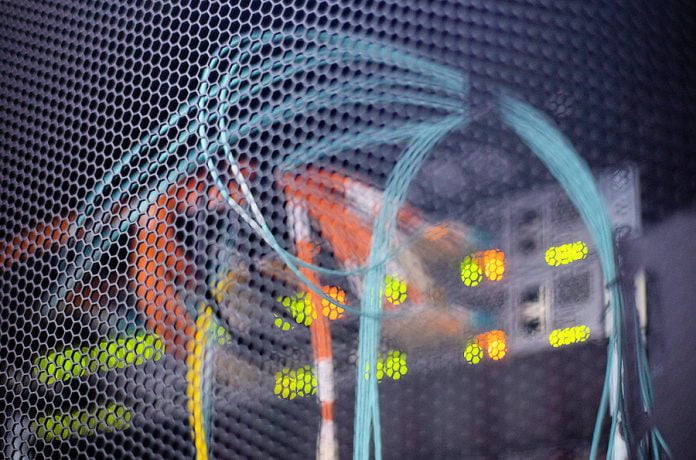If you’re not gentle when pulling your fibre optic cable runs you may damage them and harm the performance of your client’s system down the track.
When you’re undertaking an installation, remember the greatest risk to fibre optic cable comes during installation when cables or bundles of cables are pulled into place through lengthy underground or overhead conduits. Static stress caused during installation is dangerous because a cable that has been stretched when pulled into place will be significantly more vulnerable.
You’re looking to ensure that elongation factors caused by installation are no more than 0.1 or 0.2 per cent. This means being careful to ensure the pulling forces are sheeted home to cable jackets, not to the fibres themselves. The longer the run, the harder this will be to achieve and in all cases there’ll be stress on the fibre through friction between the jacket and glass.
When pulling a coax cable run, it’s possible for the copper cable to stretch up to 20 per cent and remain stretched while still functioning perfectly. The inelastic properties of copper are not matched by glass. It’s elastic so it will spring back to its original length when pressure is released.
Having said all this, plastic coated fibre is tough. It comes out of the factory having been tested to withstand 0.7 giganewtons of stress per square centimeter while being wound onto its reel. But fibre has a tiny diameter, a cross section of 125um fibre has an area of just 0.00012 square centimeters. That means 1kg applied along a fibre can easily exceed the acceptable kpsi.
Fibres are also at risk from crushing forces – you can’t walk on them let alone drive vehicles over them without risking damage. Importantly, a carefully-laid fibre optic cable can last far longer than copper, facing no threat from corrosion. If you ensure a fibre is not damaged during installation, its life span could easily exceed 25-30 years.
#securityelectronicsandnetworks.com









